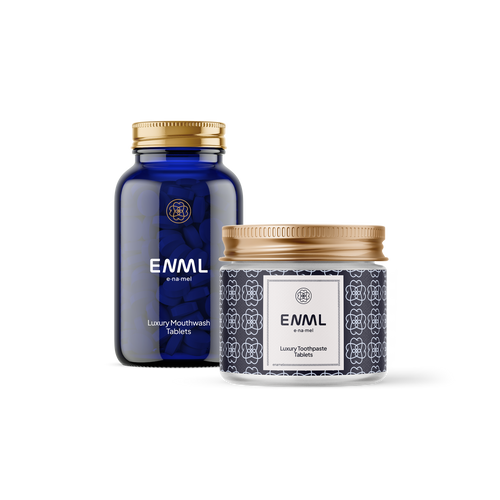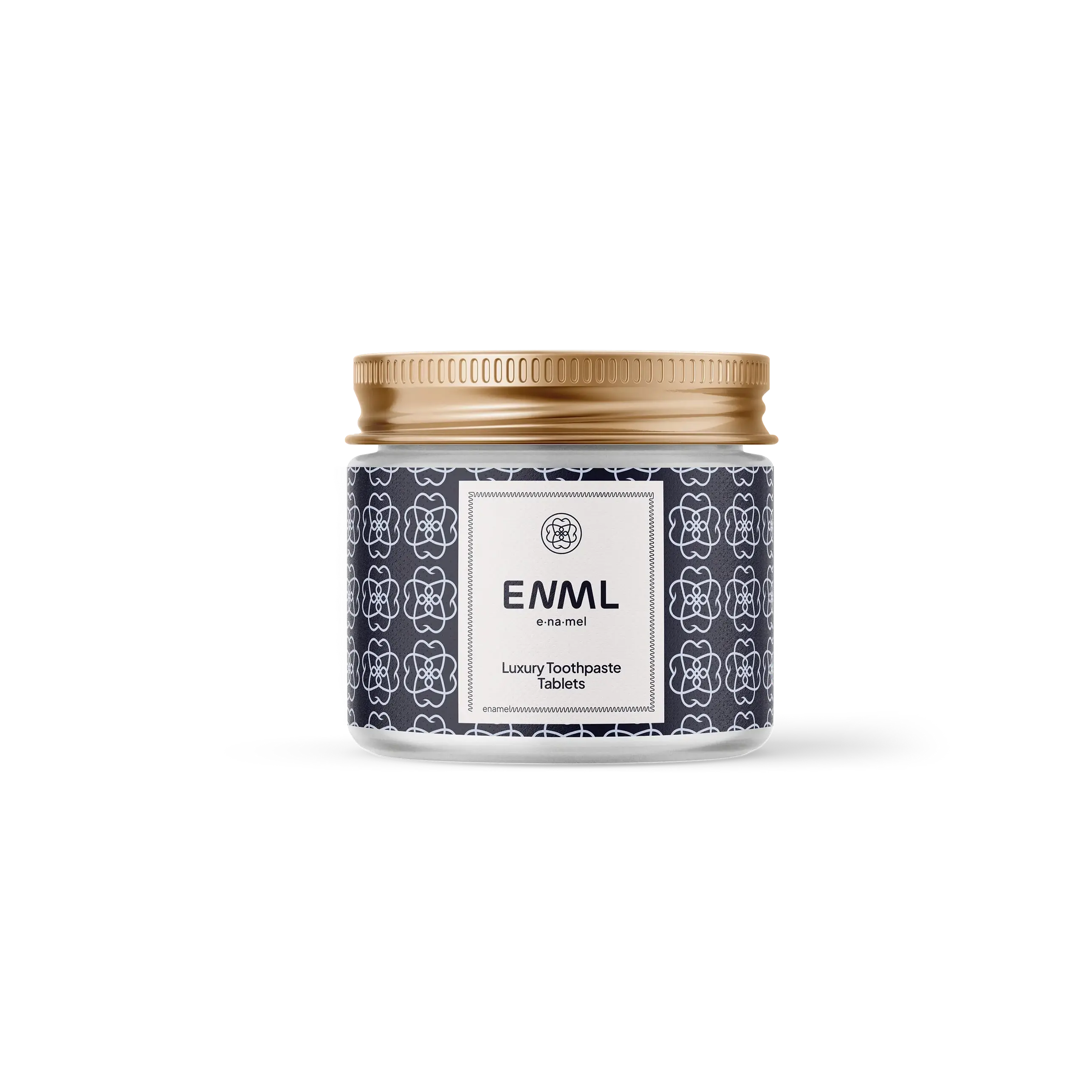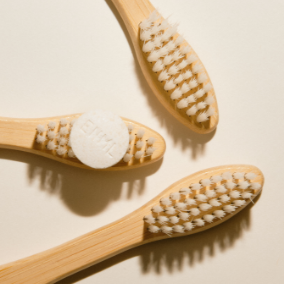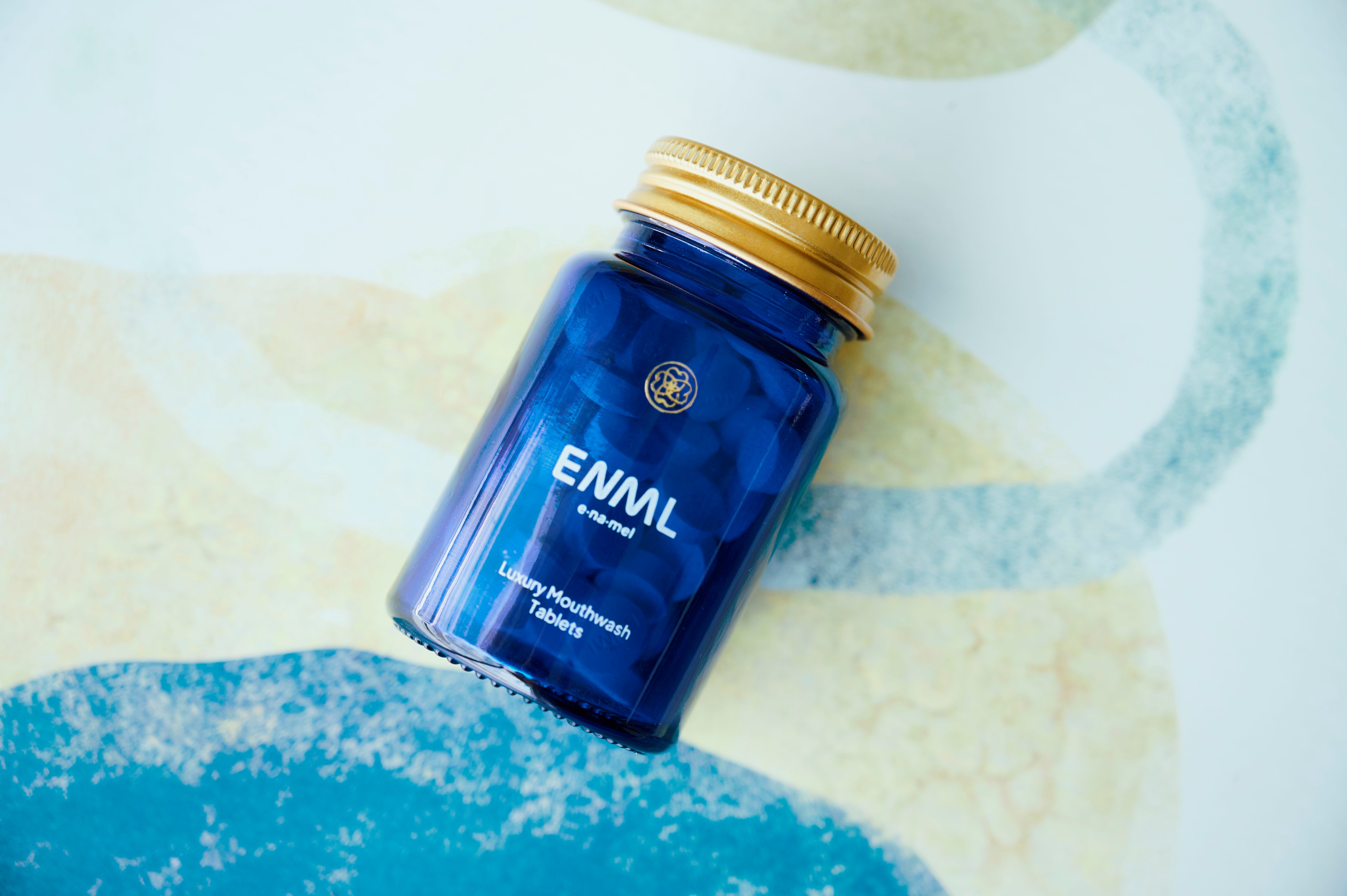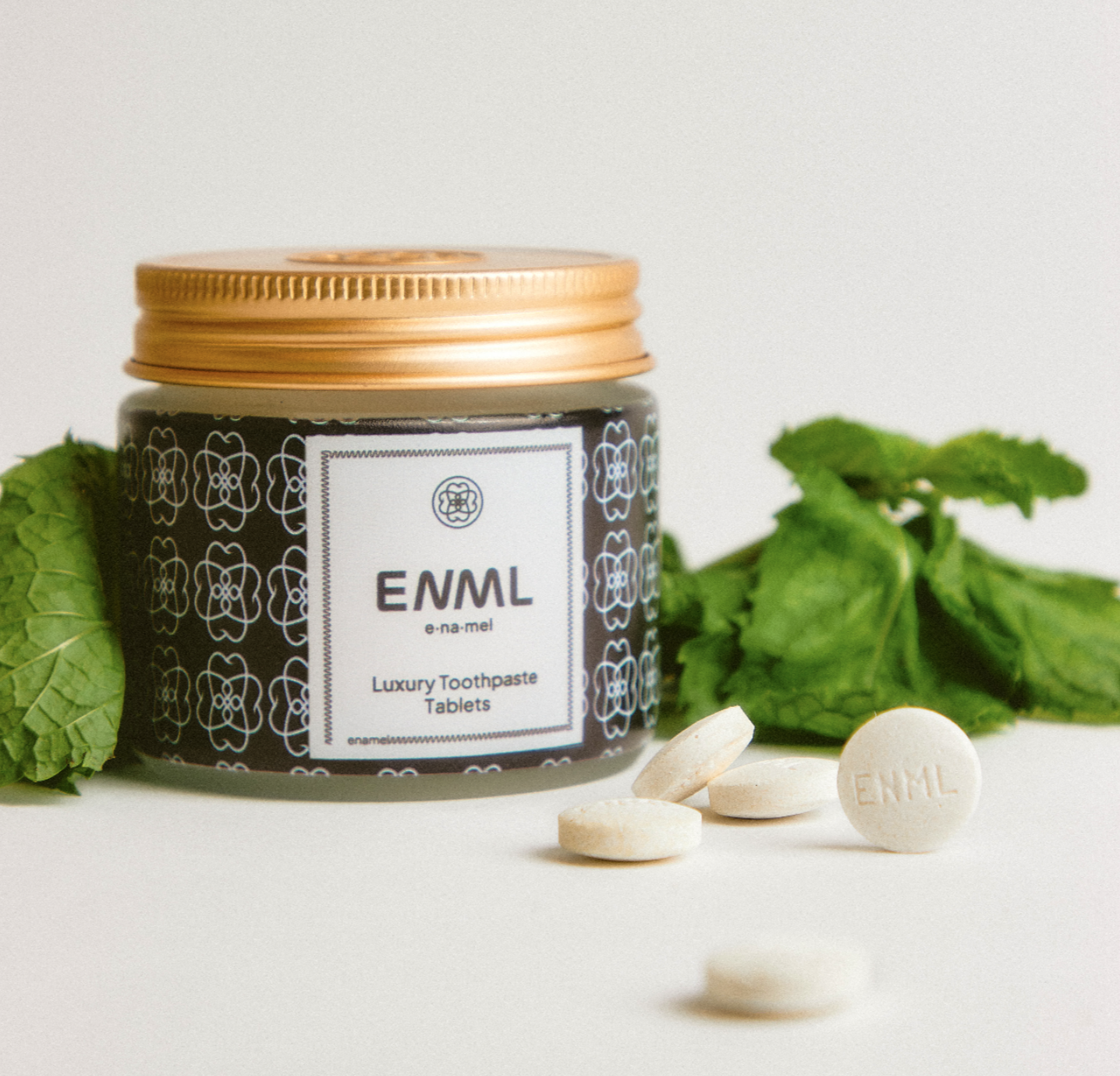When choosing oral care products, ingredient safety and effectiveness matter. One standout ingredient for enamel repair and sensitivity relief is hydroxyapatite. But not all hydroxyapatite is the same—two primary types dominate the market: Micro Hydroxyapatite and Nano Hydroxyapatite.
Both aim to strengthen enamel, but differences in particle size influence how they work and their safety. In this post, we compare Micro vs Nano Hydroxyapatite, explain the science behind each, and show why Micro Hydroxyapatite is the safer, smarter choice.
What Is Hydroxyapatite?
Hydroxyapatite is a natural mineral that makes up most of your tooth enamel (97%) and dentin (70%). It helps repair damaged enamel, reduce tooth sensitivity, and prevent cavities. Because of this, it’s a popular and safe alternative to fluoride.
There are two main types:
- Micro Hydroxyapatite: Made of larger particles (5–10 microns) that are similar in size to natural enamel.
- Nano Hydroxyapatite: Made of tiny particles (smaller than 100 nanometers) that can go deeper into teeth.
Key Differences Between Micro and Nano Hydroxyapatite
| Feature | Micro Hydroxyapatite | Nano Hydroxyapatite |
|---|---|---|
| Particle Size | 5–10 microns | <100 nanometers |
| How It Works | Stays on the enamel surface | Penetrates deeper into teeth |
| Effectiveness | Repairs and protects enamel | Also repairs enamel |
| Safety (Blood-Brain Barrier) | Very low risk | Higher potential risk |
| Inhalation Risk | Very low | Can become airborne |
| Regulations | Approved by EU safety standards | Still under review in some areas |
Nano Hydroxyapatite Safety Profile
Nano Hydroxyapatite works well, but its small size comes with possible risks:
- Body Absorption: Tiny particles might enter the bloodstream and raise health concerns over time.
- Inhalation Risk: Powder forms can become airborne and irritate the lungs.
- Limited Regulation: Some countries are still reviewing the safety of nano-sized ingredients. Micro Hydroxyapatite is already approved in many places.
Can Nano Hydroxyapatite Cross the Blood-Brain Barrier?
One safety concern with nanoparticles like Nano Hydroxyapatite (nHA) is whether they can enter the bloodstream and reach the brain. The blood-brain barrier (BBB) protects the brain from harmful substances. Some studies show that particles smaller than 100 nm can cross it in certain situations.
Although normal toothpaste use is unlikely to cause this, long-term exposure or inhalation could increase the risk. This makes the tiny size of Nano Hydroxyapatite a concern for some users.
Micro Hydroxyapatite is much larger and doesn’t pose this risk—it can’t get into the bloodstream or cross the BBB.
What Is Micro Hydroxyapatite?
Micro Hydroxyapatite has particles sized between 5–10 microns. That’s close to the natural size of enamel, which makes it great for strengthening teeth. It stays on the tooth’s surface, fills in small cracks, and helps reduce sensitivity—without entering the body.
Why ENML Uses Micro Hydroxyapatite
At ENML, we care about your safety. That’s why we use only Micro Hydroxyapatite in our oral care products. Here’s why:
- Meets Safety Standards: It passes tough regulations, including those in the EU.
- No BBB Risk: The particles are too big to get into your bloodstream or brain.
- Low Inhalation Risk: Larger particles won’t float in the air or enter your lungs.
- Just as Effective: It protects and strengthens enamel just as well as Nano Hydroxyapatite.
Benefits of Using Micro Hydroxyapatite
- Safe for everyday use
- Strengthens enamel and rebuilds weak spots
- Eases tooth sensitivity
- Non-toxic and fluoride-free
- Better for the environment
Common Questions
Does Nano Hydroxyapatite Cross the Blood-Brain Barrier?
It might. Tiny particles have a better chance of crossing into the brain under certain conditions. More research is needed, but Micro Hydroxyapatite avoids this risk altogether.
Is Nano Hydroxyapatite Safe?
It may be safe in small amounts, but the tiny size raises concerns about inhalation and long-term exposure. Micro Hydroxyapatite is a safer choice.
Is Micro Hydroxyapatite Safe for Children?
Yes. Its larger size makes it non-toxic and ideal for kids—especially for families avoiding fluoride.
Why Worry About Inhaling Nano Hydroxyapatite?
Because the particles are so small, they can become airborne and enter your lungs. Micro Hydroxyapatite is too big to do this, so it’s safer.
Does Micro Hydroxyapatite Work Long-Term?
Yes. Used daily, it helps maintain strong enamel and protects against sensitivity over time.
Conclusion
Both forms of hydroxyapatite help strengthen teeth and reduce sensitivity. But Micro Hydroxyapatite does so without the added safety concerns. It can’t be inhaled, doesn’t cross into your bloodstream, and meets high safety standards.
That’s why ENML uses only Micro Hydroxyapatite in our products—to give you safe, effective oral care you can trust.
Check out our Micro Hydroxyapatite products and experience safer brushing today.

